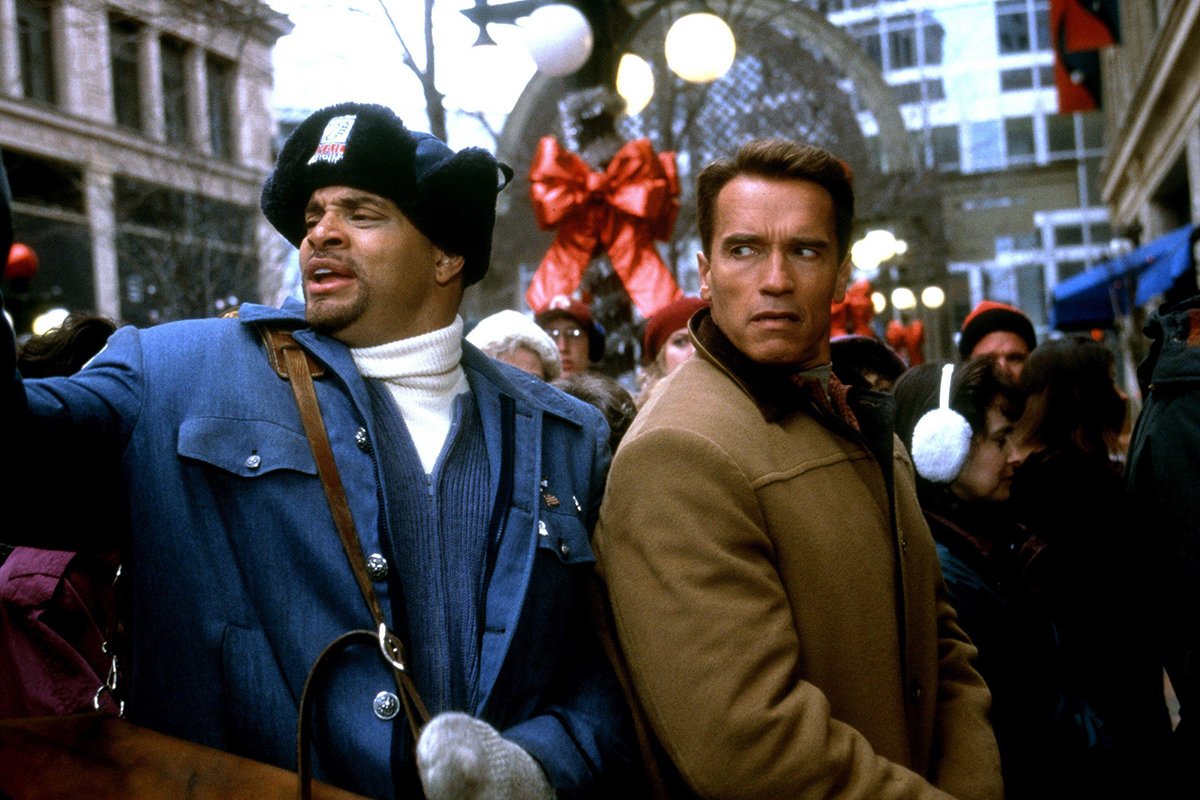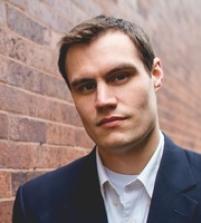
René Girard and the True Meaning of Christmas
“What’s all this violence? It’s Christmas…”
This Christmas marks what would have been the one hundredth birthday of the influential Catholic anthropologist René Girard (1923–2015). Girard’s parents gave him the middle name “Noël” as a nod to the holiday on which he was born.
Though his birth date may be pure coincidence, Girard’s work sheds light on the competitiveness and insecurity that many people feel around Christmas.
According to Girard, the human condition is marked by a feeling of lack, or existential neediness, and we try to meet it through mimetic desire. That is to say, we see what other people are desiring and we assume that if we attain what they desire then we will feel complete. In contrast to other theorists, most notably Freud, Girard insists that human desires are largely social in origin. We don’t just have innate drives, we learn what to crave by imitating others.
One way to see this in action is awards. Actors want to win Oscars because those are the awards other actors want to win. The value of the award, and the competitive spirit it engenders, emerges from the process of mimetic desire. Likewise, bright students feel compelled to apply to the most prestigious medical schools or law schools, not merely due to an interest in the subject matter or a desire for wealth, but because this is what they see their peers striving toward. This quickly becomes a feedback loop, as Girard notes: “Each becomes the imitator of his own imitator and the model of his own model.”
This dynamic leads inevitably toward rivalry and conflict. We become more like our rivals in the effort to defeat them, and then we feel pressure to distinguish ourselves from them, which only intensifies the conflict. “When mimetic rivalry is triggered,” Girard concludes, “the two competing desires ceaselessly reinforce each other and violence is likely to erupt.”
We see this mimetic rivalry at play in the 1996 Christmas movie Jingle All the Way. Arnold Schwarzenegger, in full domestic mode, plays salesman Howard Langston. Like a typical Christmas movie protagonist, Howard cares so much about his job that he neglects the people close to him. Howard’s son Jamie wants the popular “Turbo Man” action figure and can quote the commercial word-for-word. Jamie’s desire for the toy is explicitly mimetic; he says, “Johnny’s gonna get one, and so is everyone I know. Whoever doesn’t is gonna be a real loser.”
Howard’s quest to get the action figure on Christmas Eve leads him into rivalry with postman Myron Larabee (Sinbad). They take turns sabotaging, mocking, and assaulting one another, with Howard declaring “This is war” minutes after they first meet. The more these two fathers compete, however, the more similar they become—as Myron tells Howard, “You and I, we’re the same kind of person.” Jingle All the Way was inspired by the “Cabbage Patch Riots” that left shoppers hospitalized, and Howard’s and Myron’s desperation results in an escalation of slapstick violence.
Their desire to get the Turbo Man doll is, once again, explicitly mimetic. Howard constantly compares himself negatively to his next-door neighbor Ted (Phil Hartman), who seems to be a much better father. Myron compares himself negatively to his former neighbor, who got the toy he wanted for Christmas as a kid and grew up to be a billionaire CEO.
In his book René Girard and the Nonviolent God, Scott Cowdell writes that cravings “are actually rooted in the desire to create oneself out of the being of a supposedly worthy other.” In Jingle All the Way, the rivals are chasing after the Turbo Man doll, but in moments of lucidity they recognize that it’s just a “stupid little plastic doll.” What they are actually chasing, and willing to hurt others to attain, is the feeling of existential wholeness that they assume other people already have. For Howard, the desire to imitate an idealized “good father” ironically interferes with his ability to be a good father.
Ultimately Ted reveals that he’s not as wholesome as he seems, and he unsuccessfully tries to seduce Howard’s wife Liz. (He even uses mimetic logic, “There are lots of women who would give anything to be in your position right now.”) This, along with the fact that Howard’s pursuit of the action figure has only alienated him from his family, reveals the illusion at the heart of mimetic rivalry.
Jingle All the Way is not unique; concerns about comparison and competition have been part of Christmas movies for decades. The first Christmas movie, made in 1901, depicted that “covetous old sinner” Ebenezer Scrooge. In It’s a Wonderful Life (1946), George Bailey dismays at not being as successful as his younger brother. Kris Kringle says in Miracle on 34th Street (1947), “For the past fifty years or so I’ve been getting more and more worried about Christmas. Seems we’re all so busy trying to beat the other fellow, in making things go faster, look shinier, and cost less that Christmas and I are sort of getting lost in the shuffle.” Netflix’s recent release Best. Christmas. Ever. (2023) reiterates the theme of mimetic rivalry ruining a person’s happiness. Though Girard writes more about Satan than about Santa, his writings help us unmask the comparative anxiety that looms over the holiday season and understand why, as Myron tells Howard, “this time of year, there’s a very high incidence of stress-related breakdown.”
Jingle All the Way is admittedly not a perfect Girardian allegory, and I am omitting the parts about the bomb and the jetpack. But the film nonetheless captures how competitiveness can corrupt the Christmas season, and how the desire to be a generous giver can prevent us from being present with the people we love.
Featured Image: Sinbad and Arnold Schwarzenegger in Jingle All the Way (1996), via Alamy


